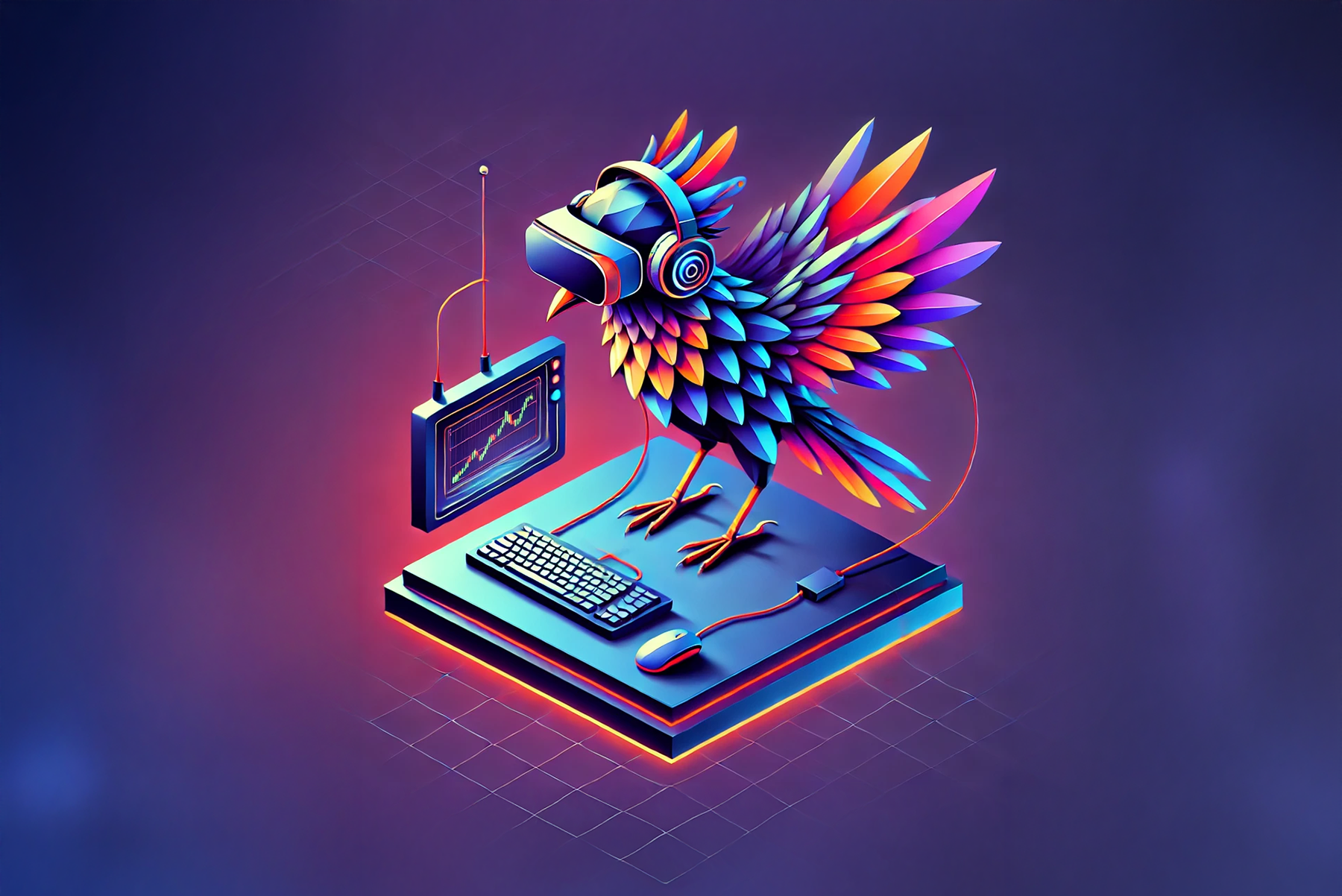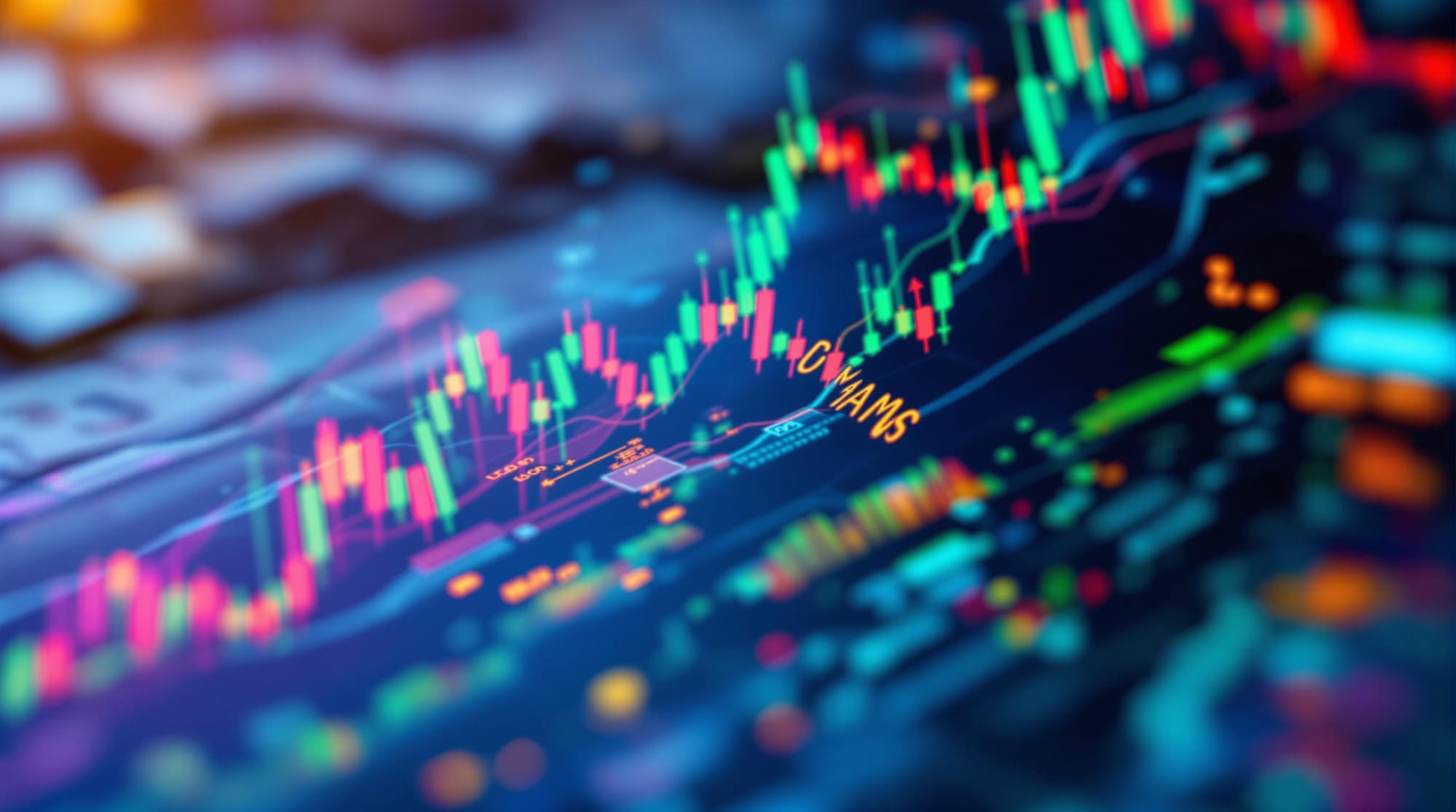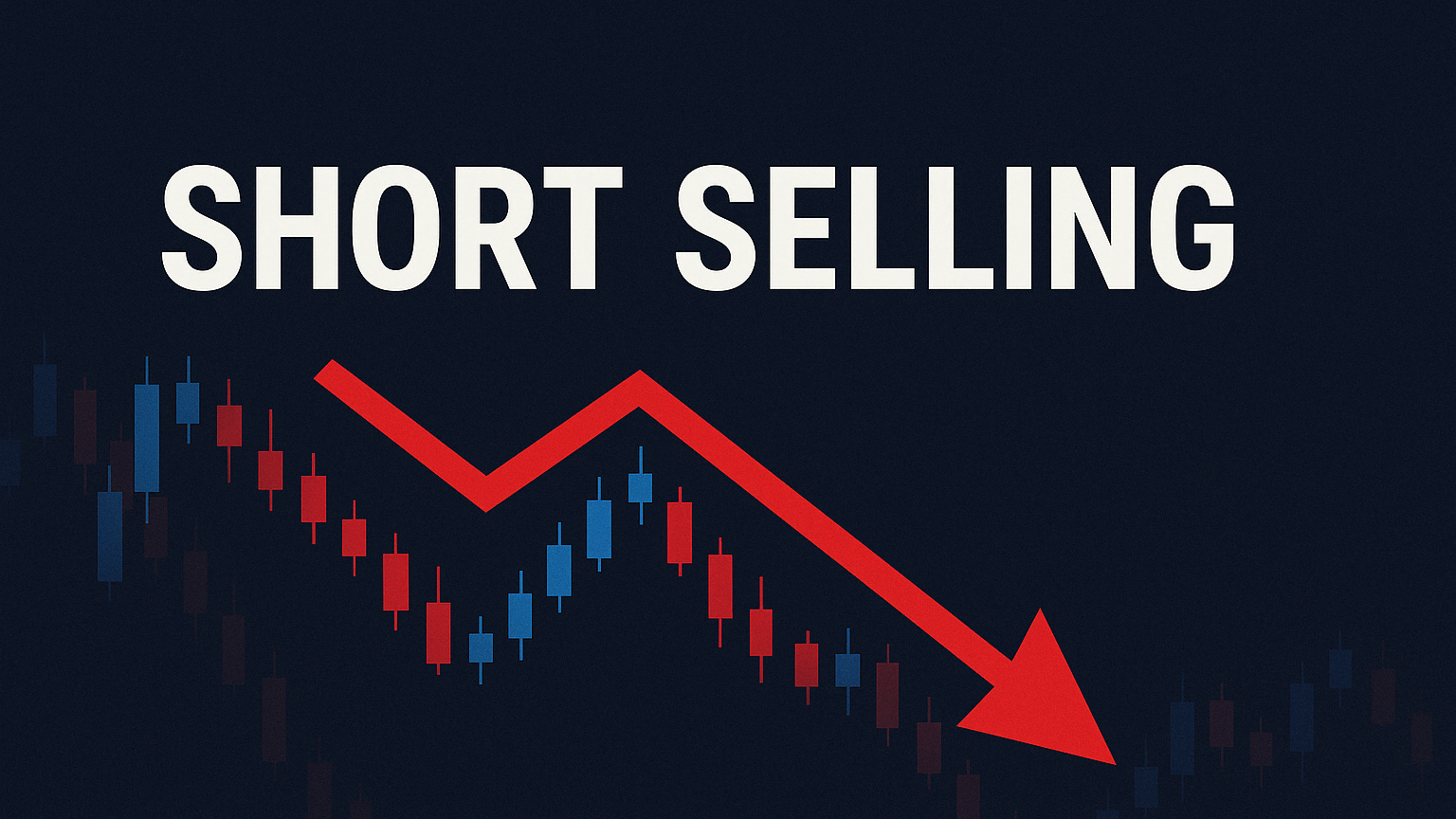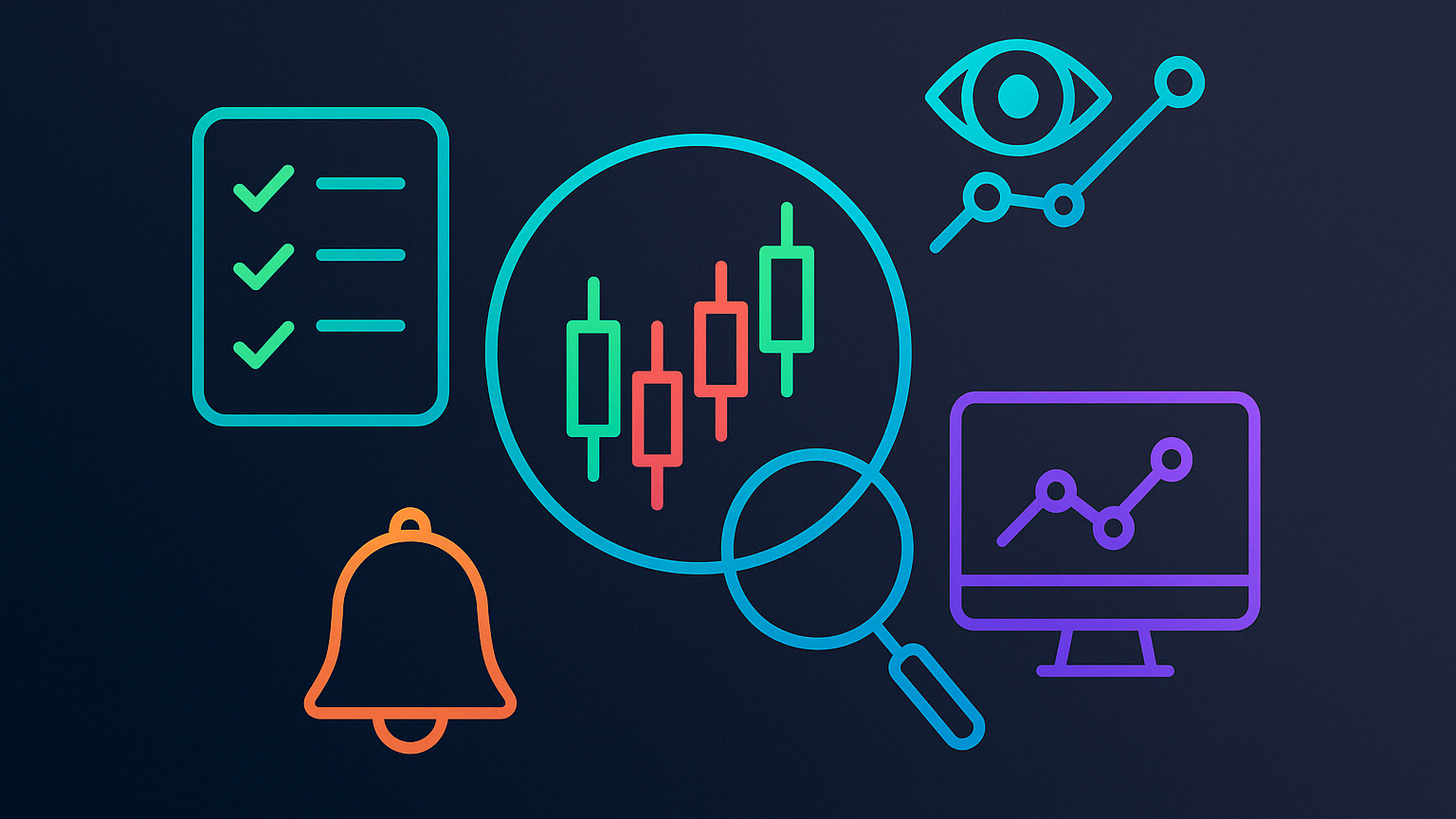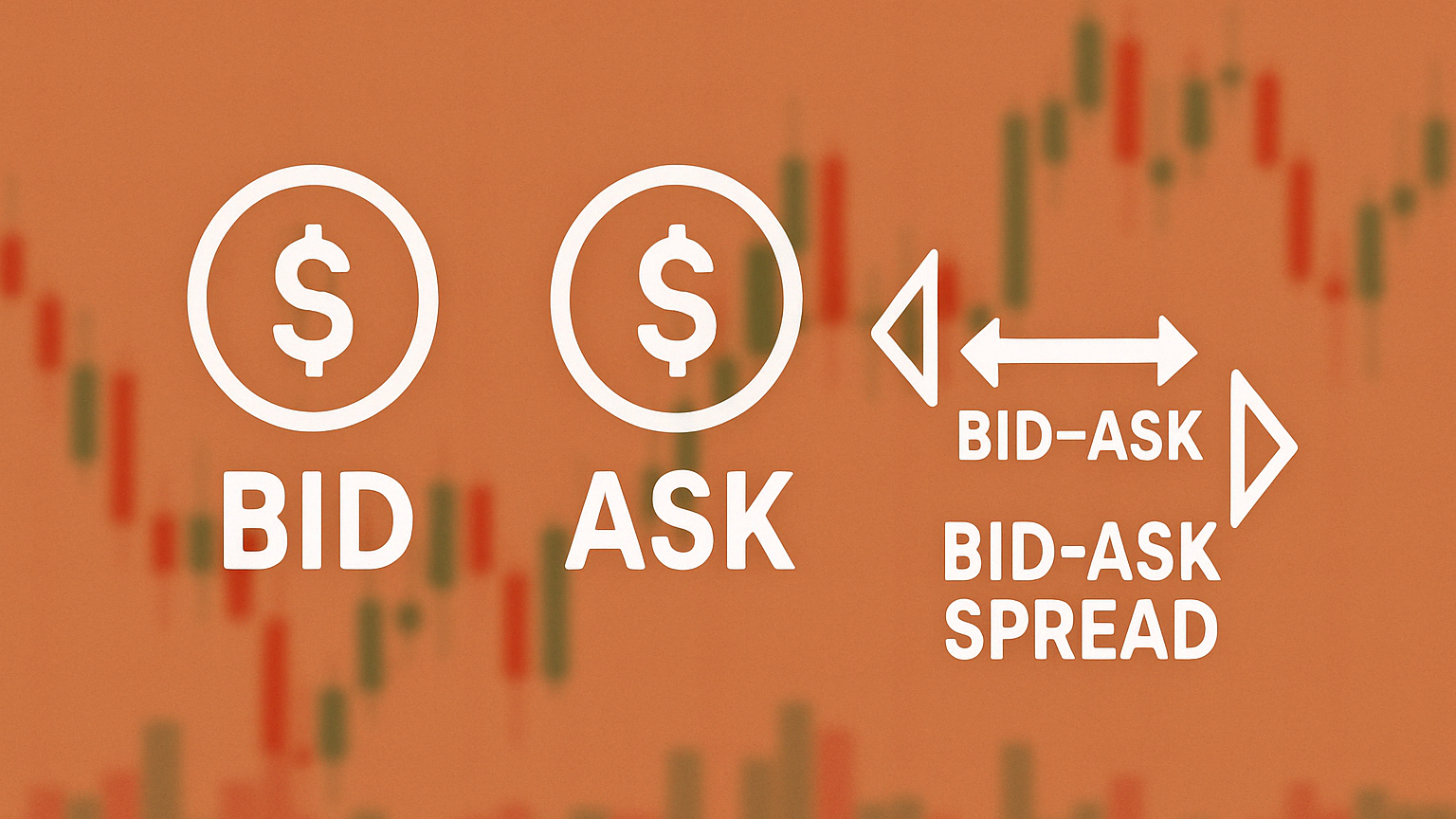Explore the differences between AI-driven and manual scalping in crypto trading to find the approach that best suits your style and goals.
AI scalping vs. manual scalping: which is better for crypto trading? Here’s a quick comparison:
- AI Scalping: Faster execution, processes large datasets, avoids emotional decisions, but requires technical expertise and setup costs.
- Manual Scalping: Offers flexibility, human intuition, and adaptability to rare events, but is slower, limited by fatigue, and prone to emotional bias.
| Aspect | AI Scalping | Manual Scalping |
|---|---|---|
| Speed | Executes in milliseconds | Limited by human reaction time |
| Data Processing | Analyzes multiple indicators | Focuses on a few indicators |
| Emotions | No emotional influence | Prone to fear or greed |
| Setup | High technical demands | Low entry barrier |
| Flexibility | Restricted to programmed rules | Adapts to unexpected market events |
Both methods have pros and cons. AI excels in speed and consistency, while manual trading thrives on adaptability and market context. Choose based on your skills, goals, and resources.
Differences Between AI-Driven and Manual Scalping
Speed and Execution Comparison
AI-driven systems can execute trades in milliseconds, far outpacing human traders who need time to analyze and react. These systems handle multiple indicators at once, delivering consistent results throughout all trading sessions.
Data Analysis and Decision-Making
AI systems analyze massive amounts of market data and combine various indicators and conditions to make decisions. They can process complex datasets and spot trading opportunities that human traders might overlook.
Manual traders, on the other hand, rely more on intuition but are limited by their capacity to process data. They usually focus on a few indicators at a time and might miss opportunities while analyzing a single setup. However, they excel in responding to unexpected market events and grasping the broader context, which AI systems might not fully comprehend.
| Aspect | AI-Driven Analysis | Manual Analysis |
|---|---|---|
| Data Processing | Analyzes multiple datasets simultaneously | Limited to a few indicators at once |
| Pattern Recognition | Instantly identifies multiple patterns | Focuses on primary patterns |
| Adaptability | Follows pre-programmed responses | Adjusts to market context |
AI stands out with its precision and lack of emotional influence, a key difference from manual trading.
Impact of Emotions
WunderTrading points out:
"Bots produce consistent results by following strict technical rules."
Manual traders often face emotional challenges like FOMO (fear of missing out), hesitation, or overtrading, which AI systems completely avoid. AI maintains strict discipline, executing strategies as programmed and adhering to risk management rules no matter the market conditions.
For those seeking to reduce emotional interference while retaining some control, platforms like LuxAlgo provide a balanced solution. They offer advanced indicators and AI-driven analysis to give traders objective insights, while still allowing them to make the final decisions.
This emotional neutrality makes AI especially appealing for traders aiming for steady performance in unpredictable markets.
Pros and Cons of AI-Driven and Manual Scalping
Navigating the volatile cryptocurrency market requires a clear understanding of the upsides and downsides of both AI-driven and manual scalping methods.
AI-Driven Scalping: Strengths and Weaknesses
AI-driven scalping has transformed cryptocurrency trading by offering advanced tools that process massive amounts of data and execute trades with incredible speed. Unlike human traders, AI systems operate continuously and maintain consistent performance, regardless of market conditions.
| Aspect | Advantages | Disadvantages |
|---|---|---|
| Performance | - Operates 24/7 - Consistent trade execution - Millisecond response times |
- Expensive to set up - Requires complex maintenance - Relies on real-time data accuracy |
| Technical | - Can implement multiple strategies - Precise risk management - Automated position sizing |
- Struggles with rare, unpredictable events - Needs frequent updates - Potential for technical glitches |
| Operational | - No emotional bias - Backtesting capabilities - Systematic approach |
- Complex initial programming - Requires technical expertise - Limited in solving creative problems |
Despite its advantages, AI-driven scalping isn't without challenges. High setup costs, technical demands, and reliance on real-time data feeds can make it a complex choice for traders.
Manual Scalping: Strengths and Weaknesses
Manual scalping incorporates the human touch, allowing traders to use intuition and market insights to spot opportunities that algorithms might miss. This approach is particularly valuable for interpreting market sentiment and adapting flexibly to changing conditions.
| Aspect | Advantages | Disadvantages |
|---|---|---|
| Performance | - Flexible strategy adjustments - Ability to interpret market sentiment - Creative problem-solving |
- Limited trading hours - Inconsistent execution - Slower reaction times |
| Technical | - Intuitive pattern recognition - Quick response to news - Dynamic strategy adjustments |
- Hard to monitor multiple markets - Manual position tracking - Prone to calculation errors |
| Operational | - Low setup costs - No programming skills needed - Direct market engagement |
- Emotional decisions (fear or greed) - Fatigue from constant monitoring - Time-consuming |
While manual scalping provides flexibility and a deeper market connection, it is constrained by human limitations like fatigue and slower reaction times.
Tools like LuxAlgo can bridge the gap, offering AI-powered insights to assist manual scalpers. These tools help traders make better decisions while still retaining control over their strategies.
Both methods have their pros and cons, but combining the right tools with your chosen approach can significantly improve scalping results. Up next, we’ll dive into platforms and tools designed to maximize scalping efficiency.
Tools for Scalping Strategies
Scalping in the cryptocurrency market requires the right tools to navigate its fast-paced and unpredictable nature. Whether you rely on AI-driven systems or prefer manual methods, having the proper resources can make all the difference.
AI Trading Platforms
AI trading platforms have transformed forex and cryptocurrency scalping by offering automation and advanced data analysis. These platforms allow traders to:
- Analyze live market data in real time
- Automate trades using pre-set algorithms
- Run multiple strategies at once
- Adapt to various market conditions consistently
However, using these platforms demands technical know-how and regular updates. For those looking for more customized solutions, LuxAlgo provides tools tailored for both AI and manual scalping approaches.
LuxAlgo for Scalping
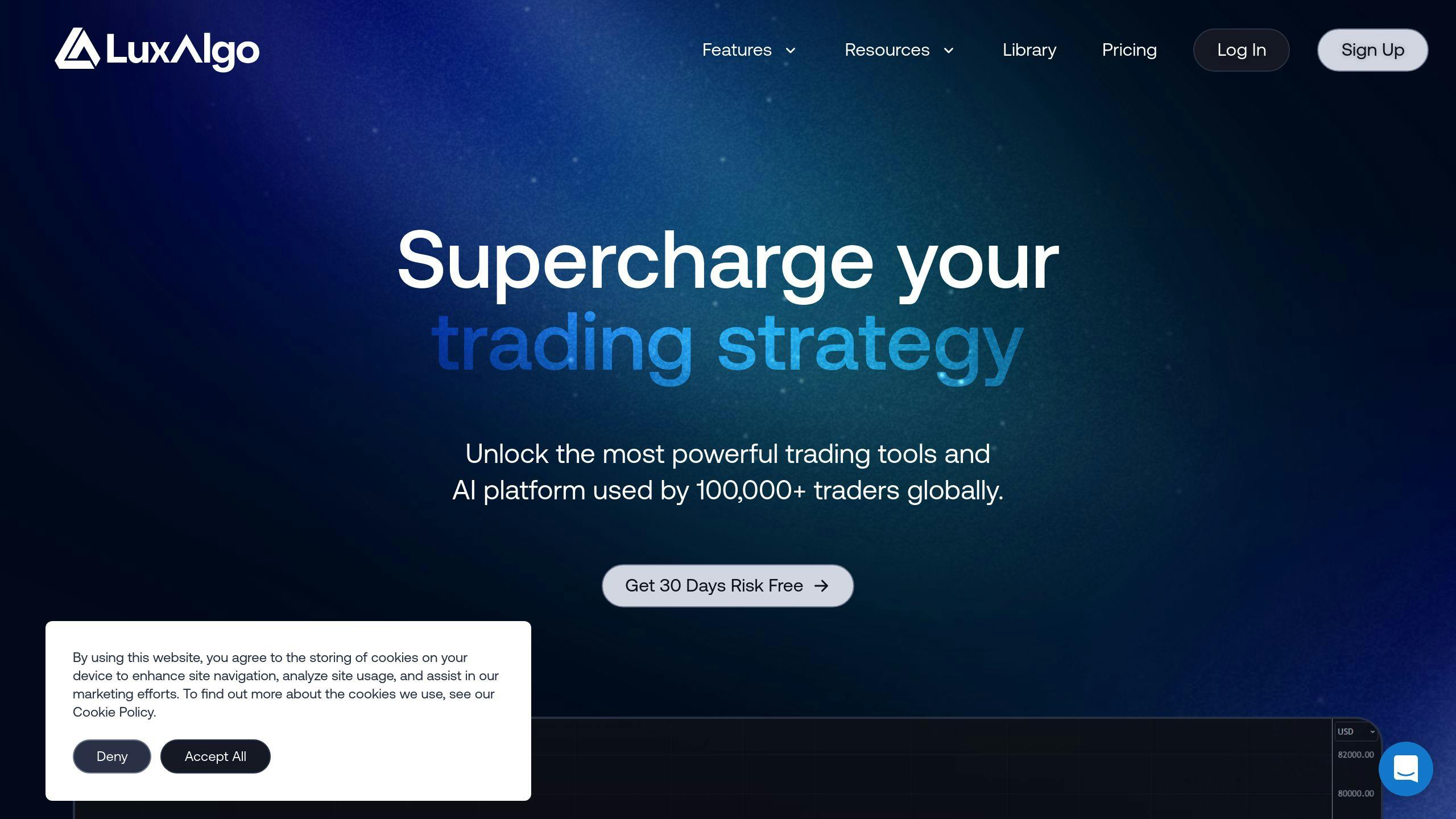
LuxAlgo offers a range of tools designed to enhance scalping efficiency. Here's a breakdown of their features:
| Feature | Capabilities | Benefits for Scalpers |
|---|---|---|
| Price Action Analysis | Indicators and overlays | Helps identify patterns and trends in real time |
| Volume Analysis | Custom volume tools | Pinpoints better entry and exit opportunities |
| Screening Tools | Trade setup filters | Quickly spots potential scalping opportunities |
| Backtesting Suite | Historical data testing | Fine-tunes strategies with past market data |
These tools cater to both AI-assisted and manual scalping methods, giving traders flexibility based on their preferences. Many traders use LuxAlgo's robust AI backtesting system to connect third-party, automated trading systems for trade execution.
Manual Scalping Tools
For traders who prefer hands-on control, manual tools remain crucial. Key resources include:
- Charting Platforms: Platforms like TradingView provide professional-grade charts with multiple timeframes (e.g., 5-30 minute intervals), essential for scalping.
- Trading Journals: Keeping a journal helps track performance, analyze mistakes, and refine strategies over time.
- Community Resources: LuxAlgo's active community offers around-the-clock support, along with shared insights and techniques from experienced scalpers.
Choosing tools that align with your trading style and provide accurate data is essential. A well-chosen toolkit can elevate your scalping results significantly.
Conclusion: Selecting the Right Scalping Strategy
Deciding between AI-driven and manual scalping comes down to your trading objectives, skill set, and comfort with risk. Understanding the strengths and limitations of each approach is key to making the right choice.
Key Points
Your scalping strategy's success hinges on how well it matches your trading style and abilities. Here's a quick comparison:
| Aspect | AI-Driven Scalping | Manual Scalping |
|---|---|---|
| Speed | Executes trades instantly, 24/7 | Limited by human reaction time |
| Consistency | Removes emotional decisions | Depends on trader's discipline |
| Flexibility | Restricted to programmed rules | Easily adapts to market changes |
| Maintenance | Needs technical know-how and updates | Requires ongoing learning and practice |
| Setup | Higher technical demands | Easier to start with minimal tools |
Tips for Refining Your Scalping Strategy
- Clarify your goals and risk tolerance: Be honest about how much risk you're willing to take and what you aim to achieve.
- Use the right tools: Platforms like LuxAlgo can support both AI-based and manual trading methods, giving you more options.
- Monitor and adjust: Regularly review your strategy's performance with LuxAlgo's Backtesters and tweak it to keep pace with market trends.
The best strategy is one that strikes the right balance between speed, accuracy, and adaptability. Whether you go with AI tools, manual techniques, or a mix of both, staying flexible and informed will help you navigate the fast-changing cryptocurrency market effectively.
FAQs
What is the difference between Algotrading and manual trading?
The key differences between algorithmic trading and manual trading lie in how trades are executed, analyzed, and managed. These distinctions are especially important in fast-moving markets like crypto scalping, where efficiency can make or break profitability.
| Aspect | Algorithmic Trading | Manual Trading |
|---|---|---|
| Execution Speed | Instant, automated actions | Slower, limited by human reflexes |
| Technical Needs | Requires coding knowledge | Only needs a basic trading platform |
| Time Commitment | Setup-heavy, minimal monitoring | Ongoing focus required |
| Decision Making | Based on data, no emotions | Relies on human judgment |
| Availability | Can run 24/7 | Limited to trader's schedule |
| Flexibility | Follows pre-set rules | Can adapt to market changes |
Your choice between algo and manual trading should depend on your technical skills, available time, risk appetite, and trading objectives. Knowing these differences helps you pick the method that best suits your approach.


